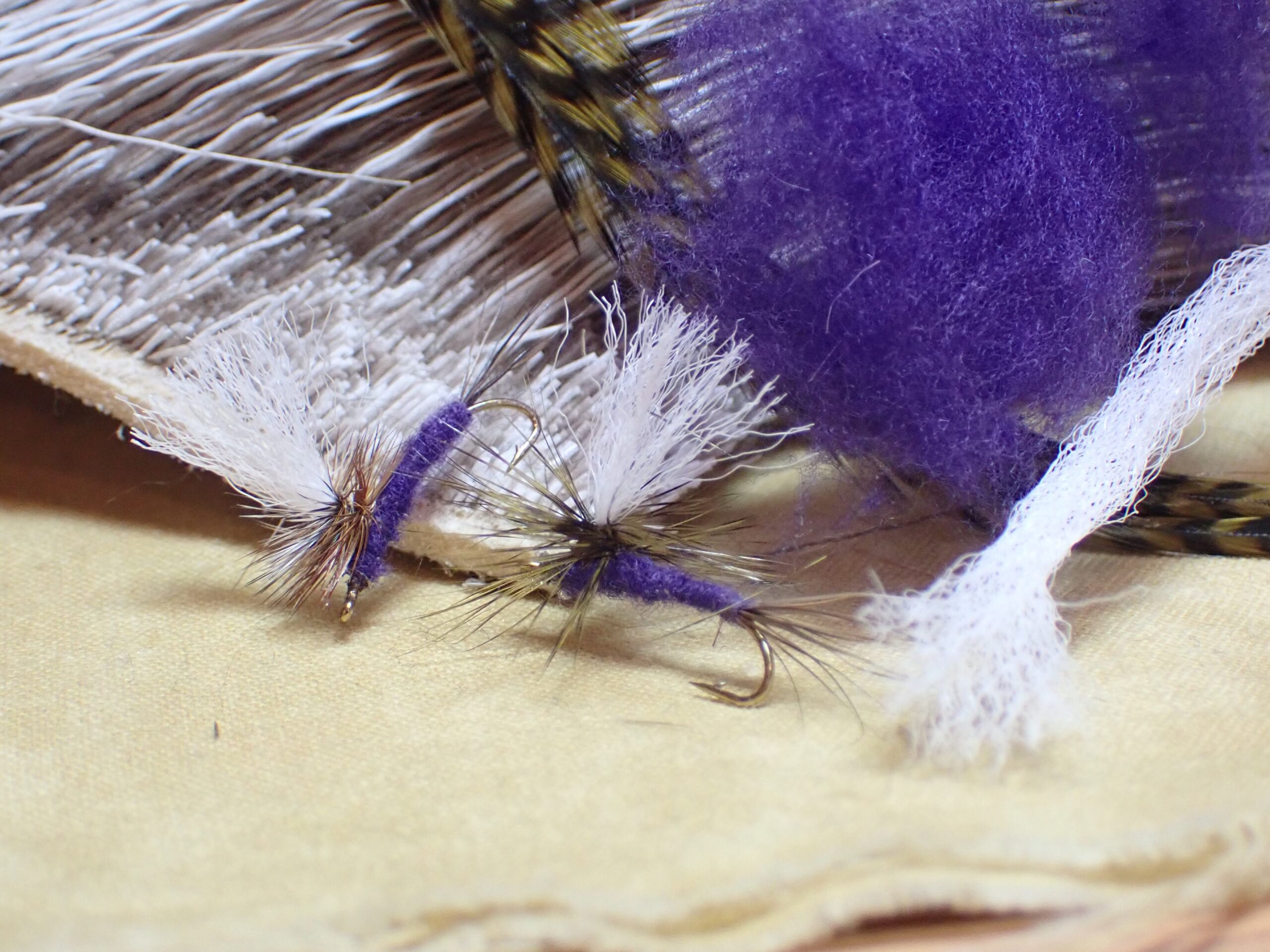Hippie Stomper 11/02/2024 Photo Album
The hippie stomper has secured a spot as one of my top producing flies if not number one. The beauty of this fly is its versatility. I tie only size 14’s on a 2XL hook, and this creates a relatively small foam body fly. Perhaps I should experiment with more sizes and colors, but my success rate with my narrow offering makes me question how much improvement I could gain.
My versatility comment stems from the fly’s buoyancy and size. The foam structure allows the fly to float quite well, and this translates to supporting two size 14 beadhead nymphs. Unlike larger hopper patterns, however, the hippie stomper is lighter and thus yields a softer landing in low and clear conditions. When fish refuse my size eight hoppers and chubby Chernobyls, I resort to the hippie stomper, and quite often the downsizing pays dividends.
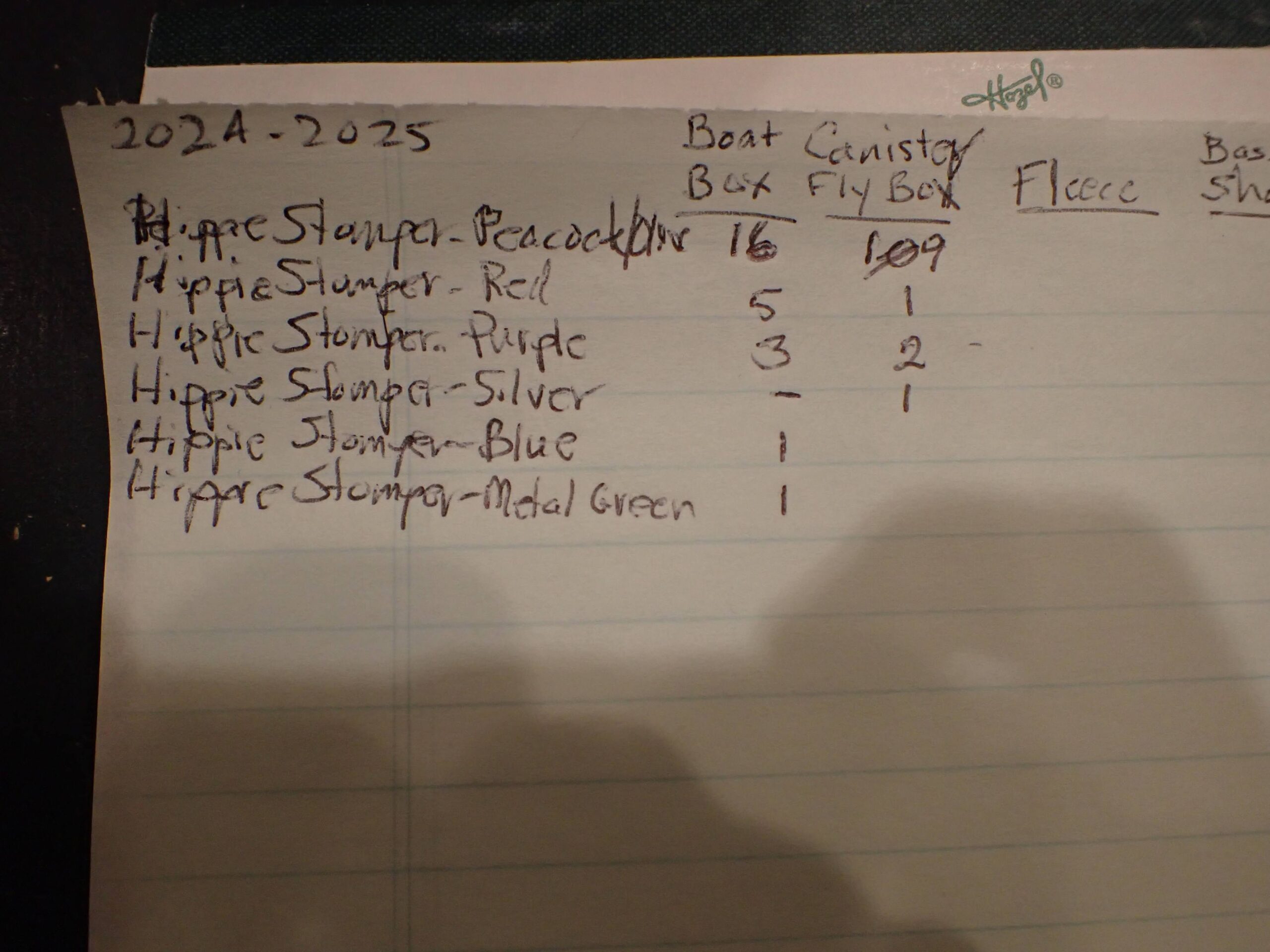 The Beginning of My Tying List and Inventory Count
The Beginning of My Tying List and Inventory Count
If I wish to go with a dry fly presentation, the hippie stomper is very productive solo or as the lead fly on a double dry arrangement. During the past season I experienced many fine days using the hippie stomper as the first fly along with a more imitative fly behind it such as a deer hair caddis or comparadun. The hippie stomper is very visible, and this makes tracking the typically drab trailer much easier.
As a solo fly, it is also no slouch. I believe that it imitates terrestrials and green drakes as well as other fish food morsels. It just looks buggy. If I haven’t convinced you of the versatility of this fly, I am not sure what else I have to say. This fly probably spent more time on my line than any other in my box including the dependable hares ear nymph and salvation nymph.
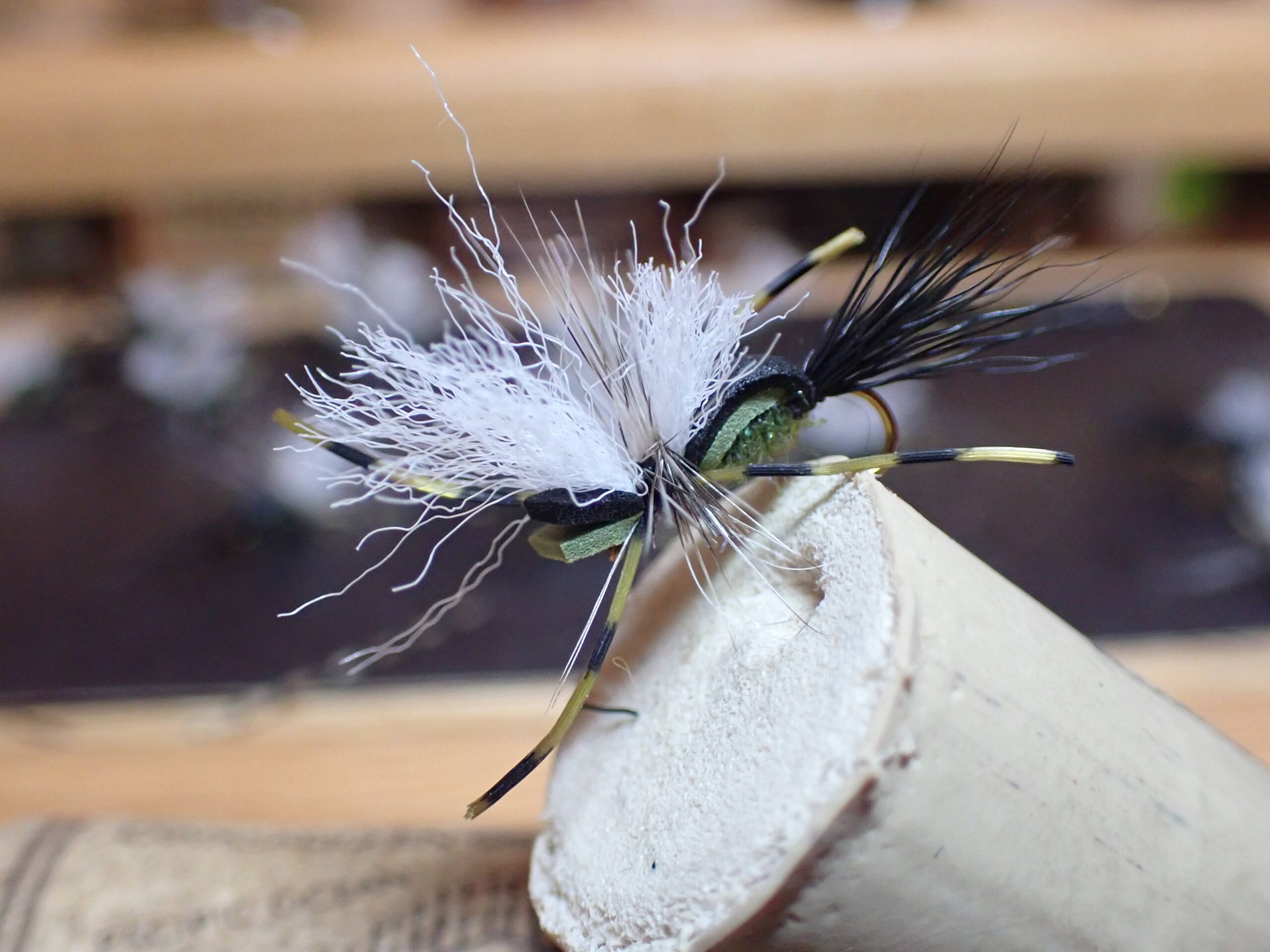 The Hippie Stomper Look
The Hippie Stomper Look
I settled on peacock and dark olive ice dub, as my preferred body colors on the hippie stompers that I tie. The body is only visible under the overlying foam at the back of the abdomen, so I am not convinced that color makes a huge difference. The creator, Andrew Grillos, favors various colors of flashabou, a tinsel like product. I have some reds, a silver, a blue, purples and bright green tied with the flash, but I rarely resort to them.
During September I was losing hippie stompers at an alarming rate, so I inspected my damaged fly canister and discovered, that I had five in need of repair. I fixed them by replacing legs and reinforcing unraveling thread, and I ended the season with plenty in reserve.
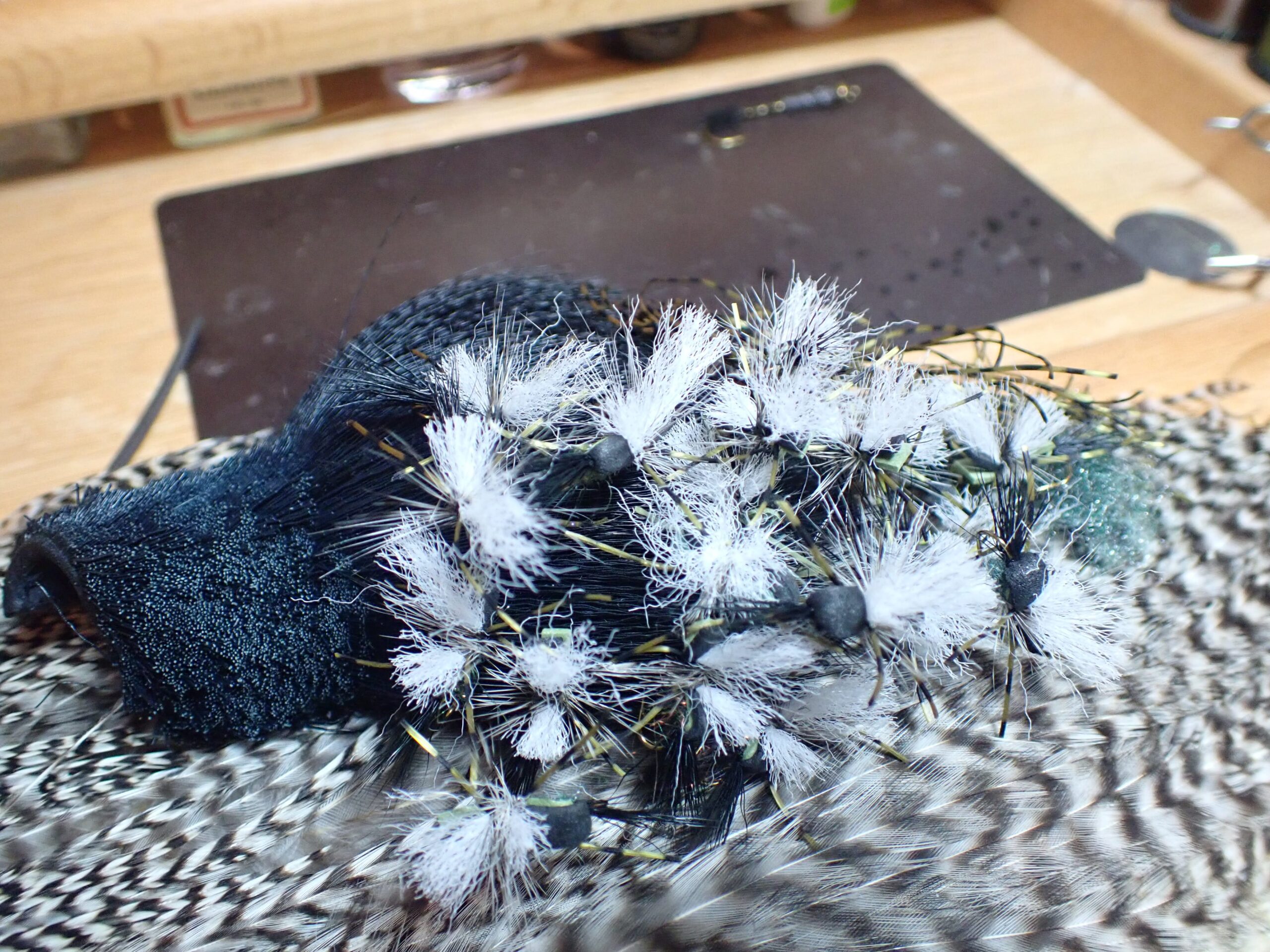 Twenty Completed and the Necessary Materials
Twenty Completed and the Necessary Materials
Because of my inventory scare, I decided to make the hippie stomper my first tie of the 2024 tying season. I counted my supply and discovered that I had 25, so I suppose my concern was over done. I checked my tying checklist from the previous year, and I began the season with forty. Since five of the 25 counted were refurbished, simple math revealed that I lost twenty flies or half my beginning inventory. I collected all the necessary materials and tied an additional twenty to bring my 2025 beginning inventory to 45. Hopefully this will suffice, although I am certain that hippie stomper usage will once again increase in the new year.
Like this:
Like Loading...

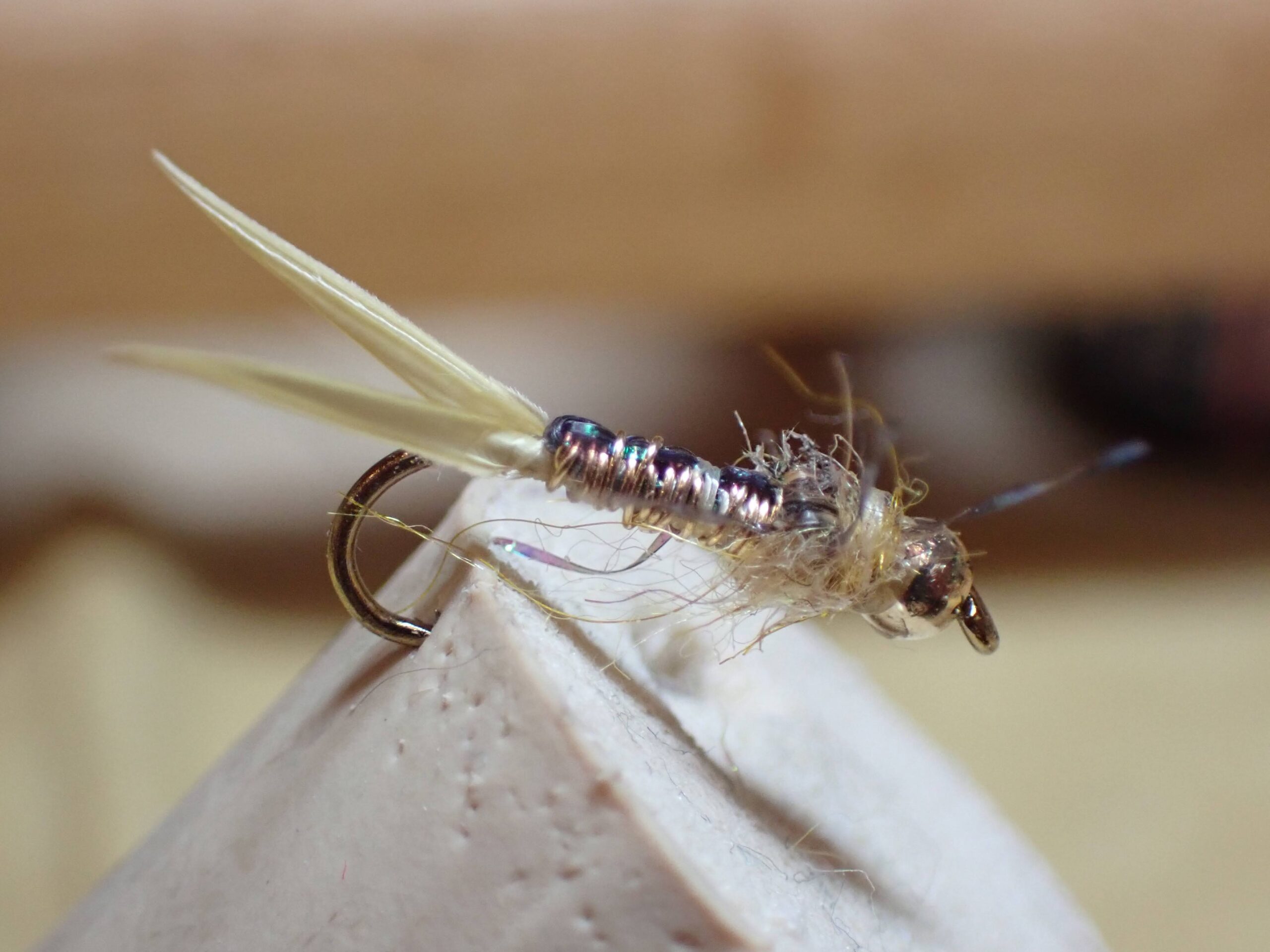 Size 12
Size 12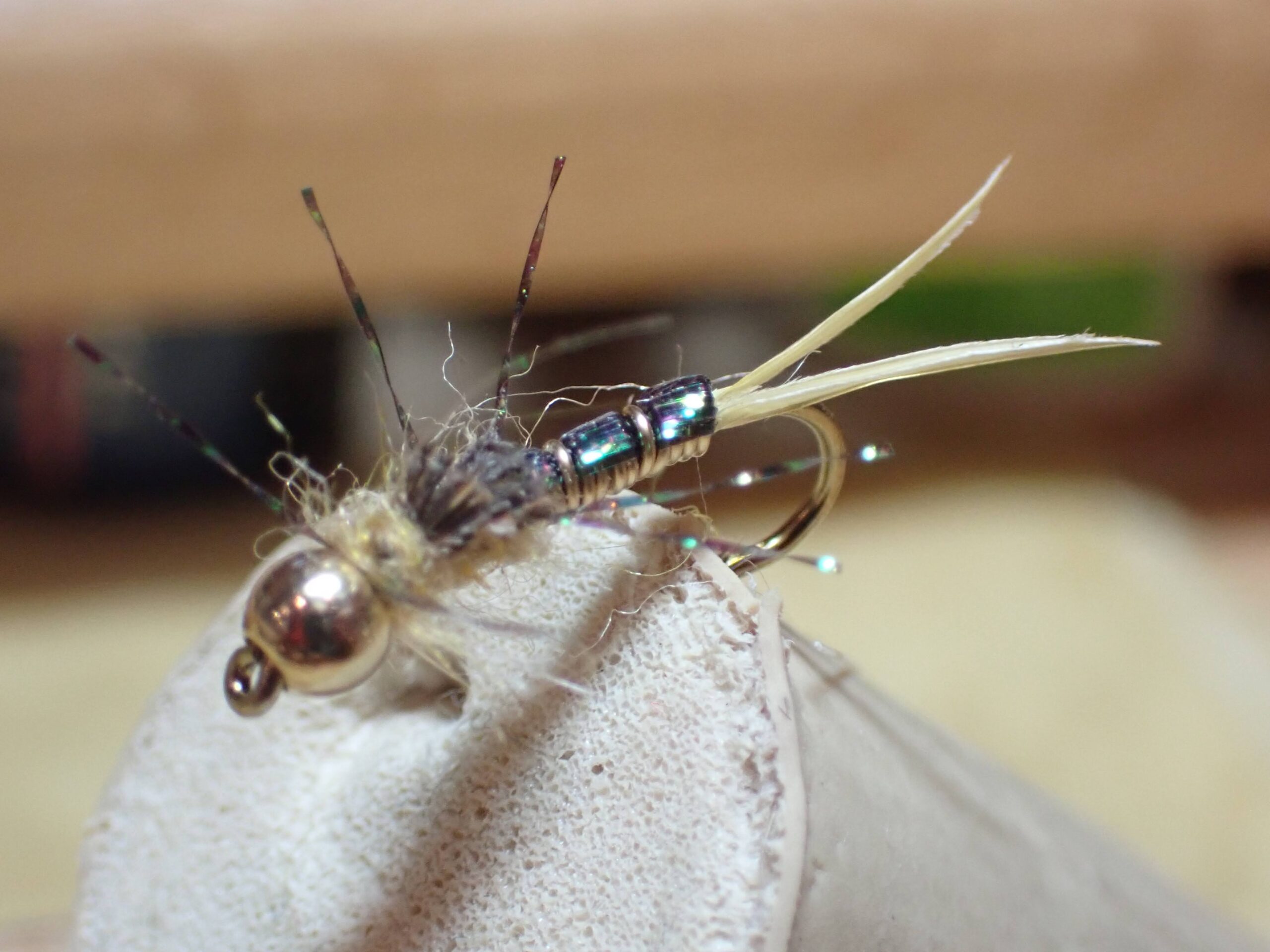 Size 14
Size 14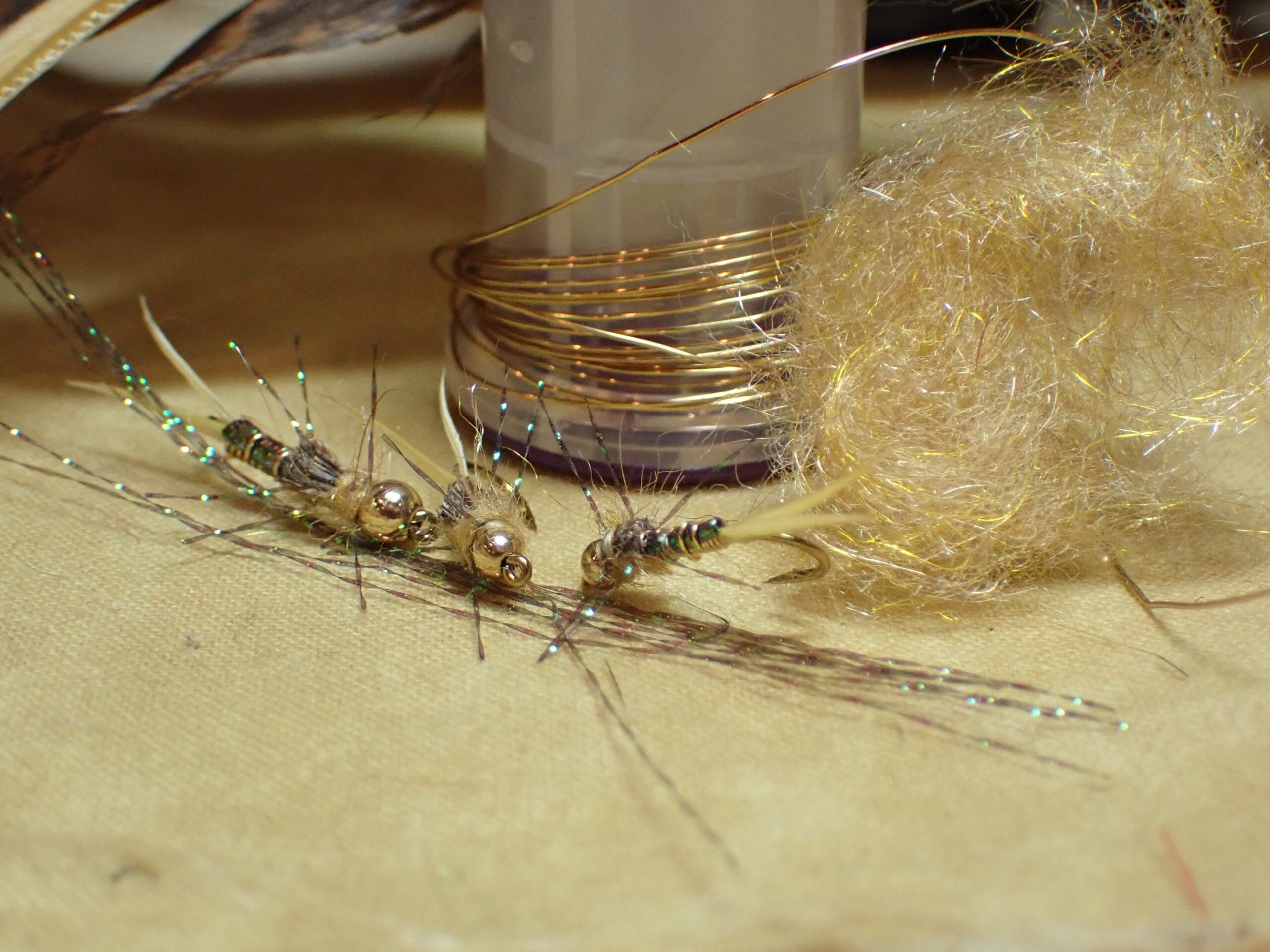 Materials and Completed Flies
Materials and Completed Flies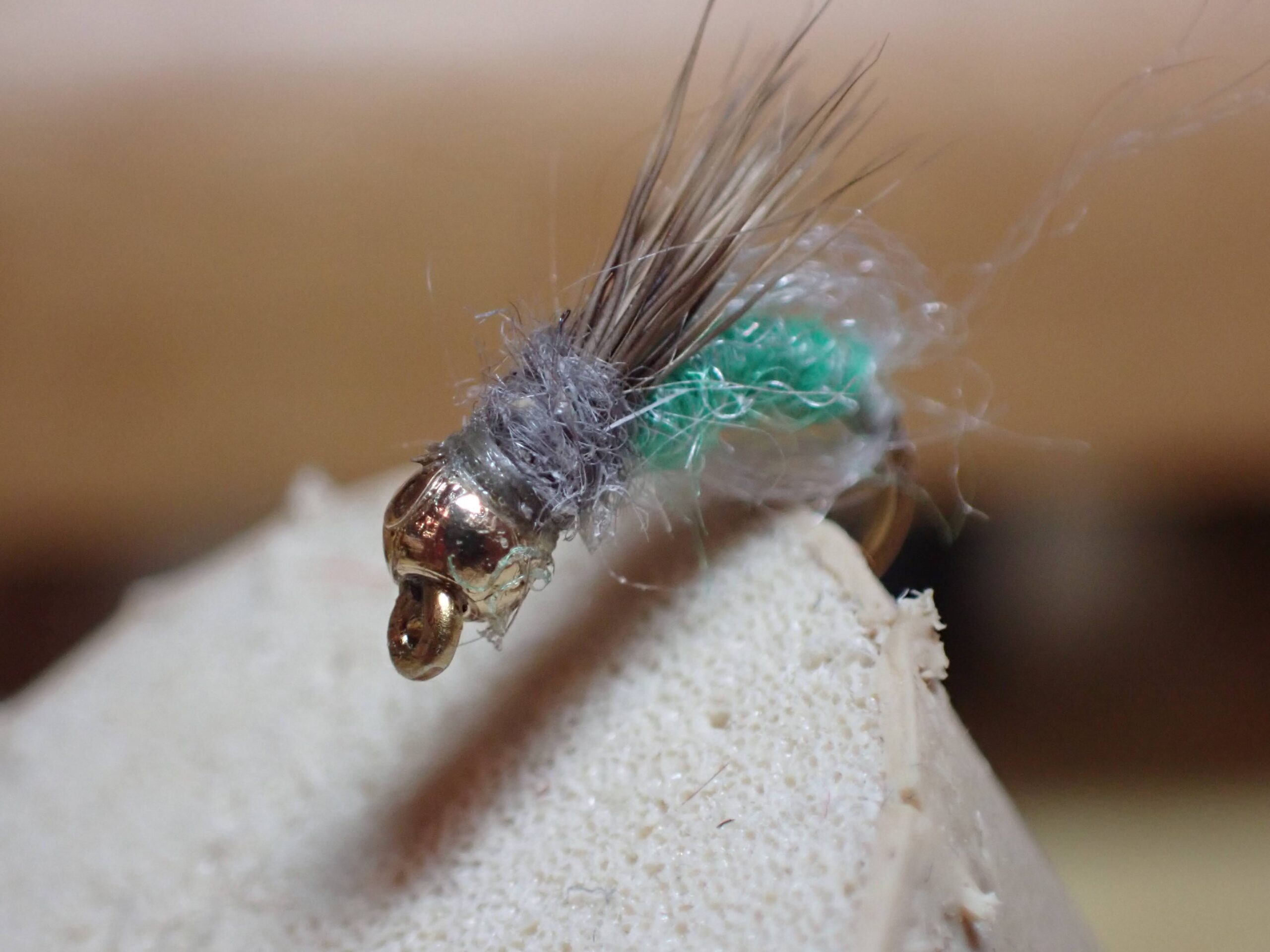 Angled Emerald Caddis Pupa
Angled Emerald Caddis Pupa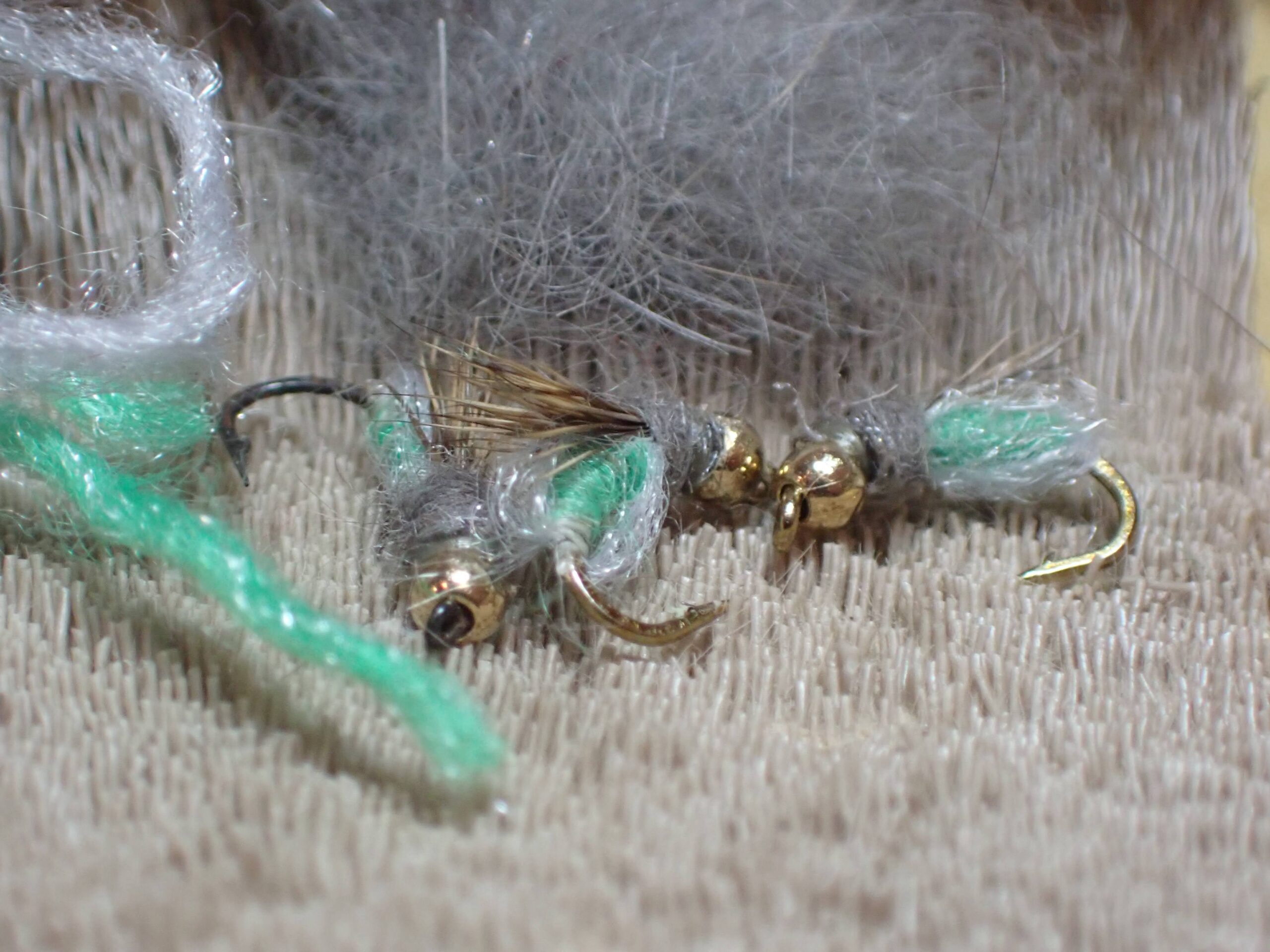 A Group of Three New Flies
A Group of Three New Flies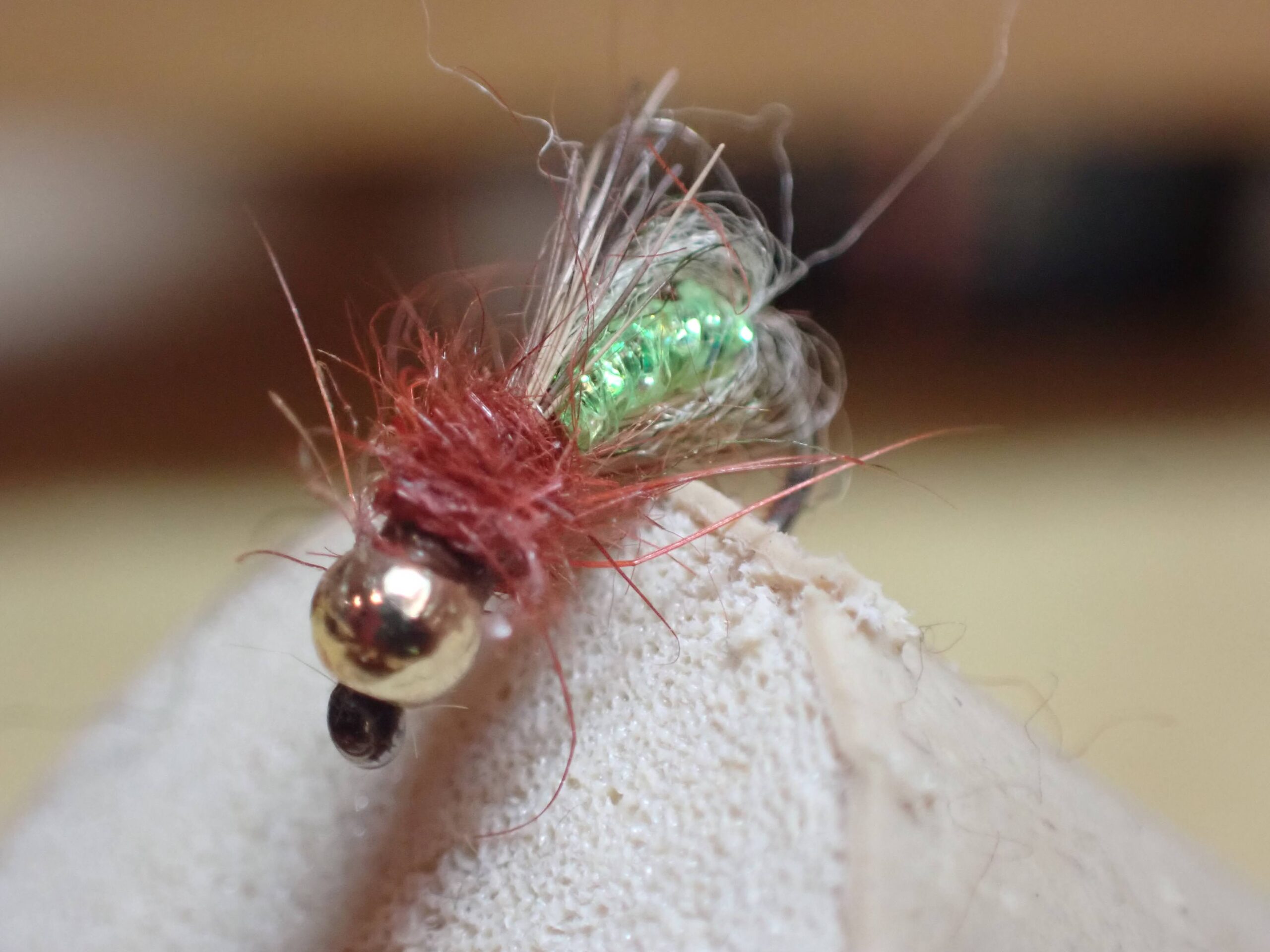 New Go2 Caddis Pupa
New Go2 Caddis Pupa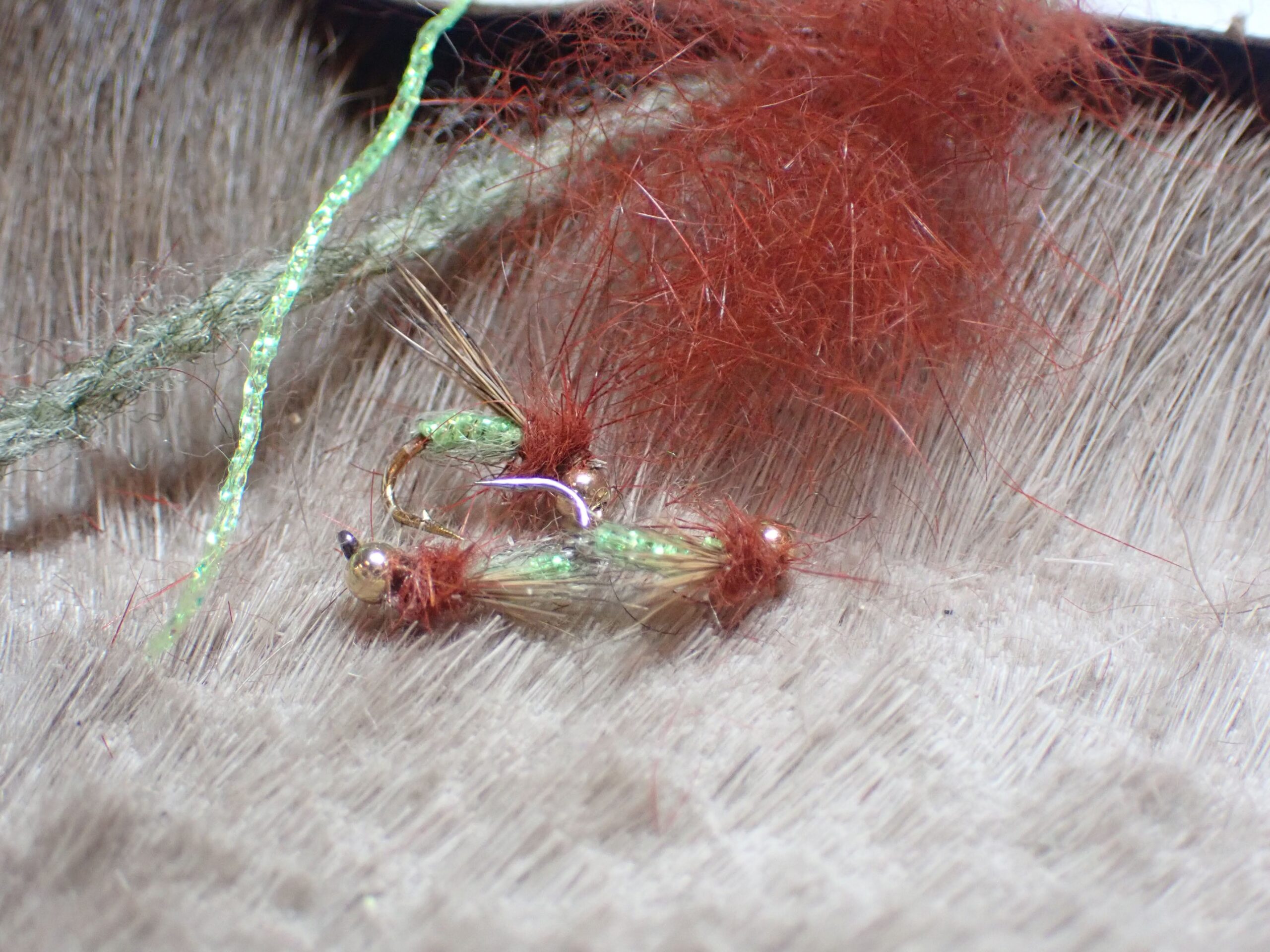 Three Go2 Caddis Pupa Added to Iinventory
Three Go2 Caddis Pupa Added to Iinventory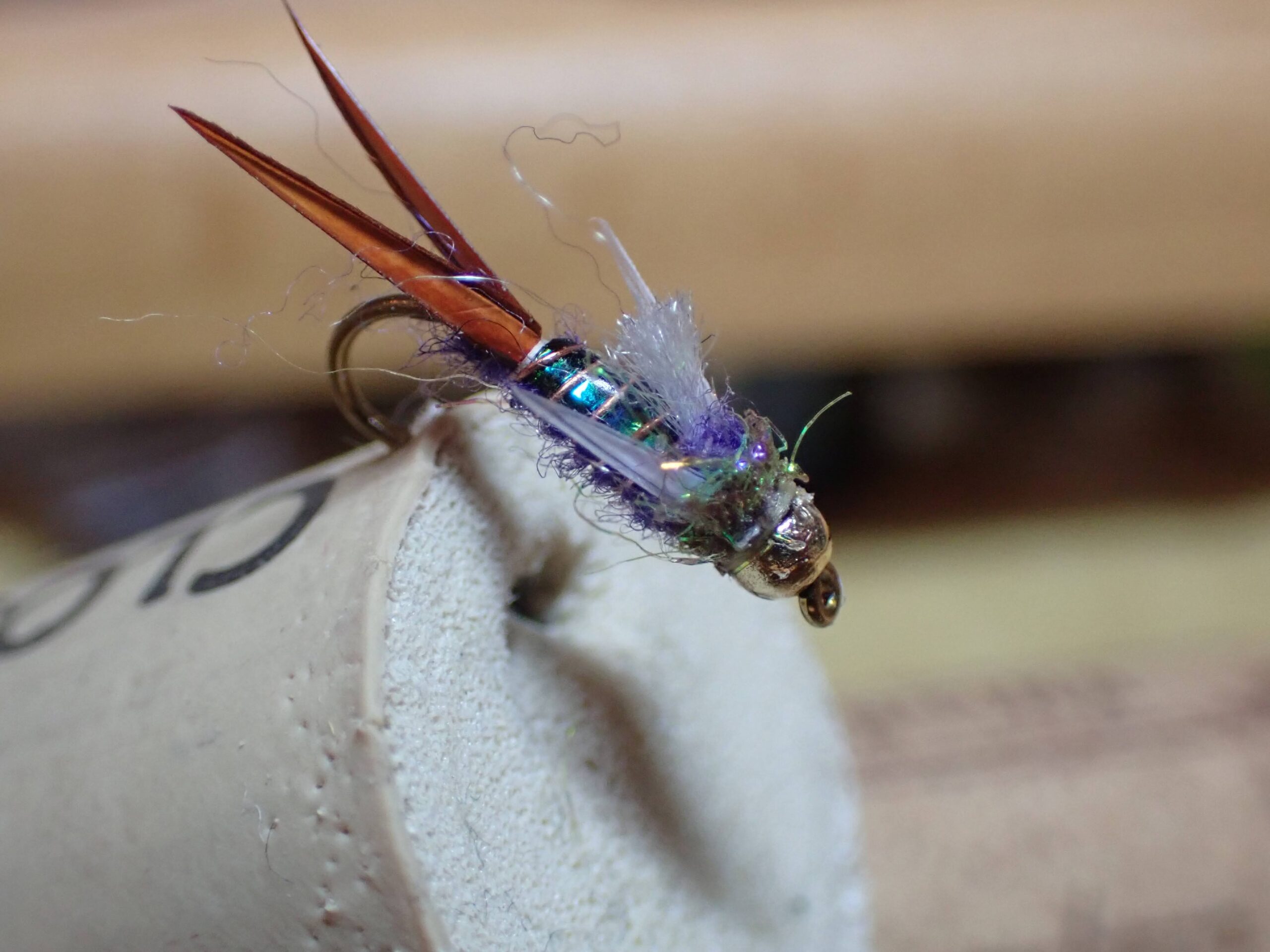 Not Bad for an Early Attempt
Not Bad for an Early Attempt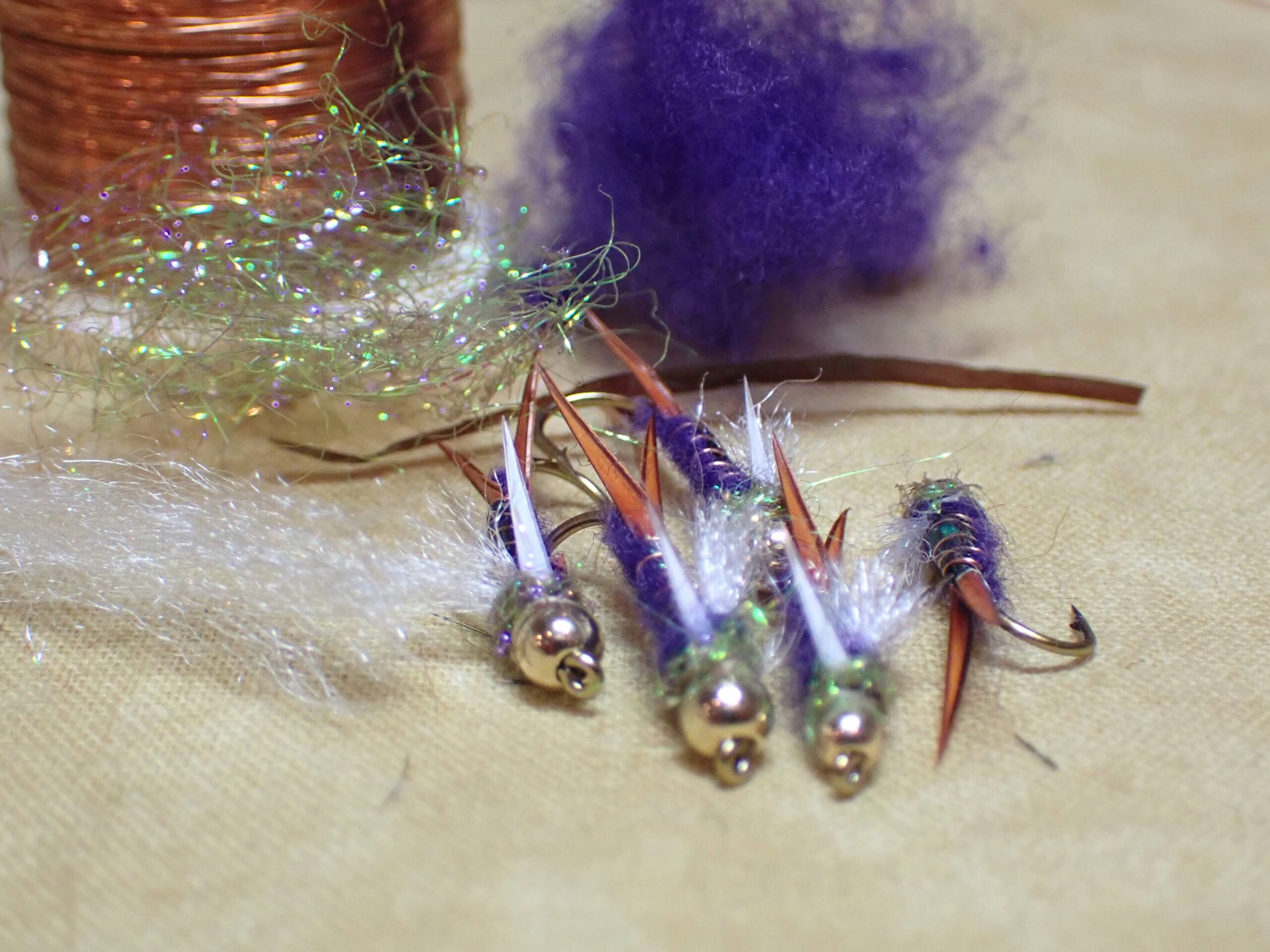 A Batch of Five
A Batch of Five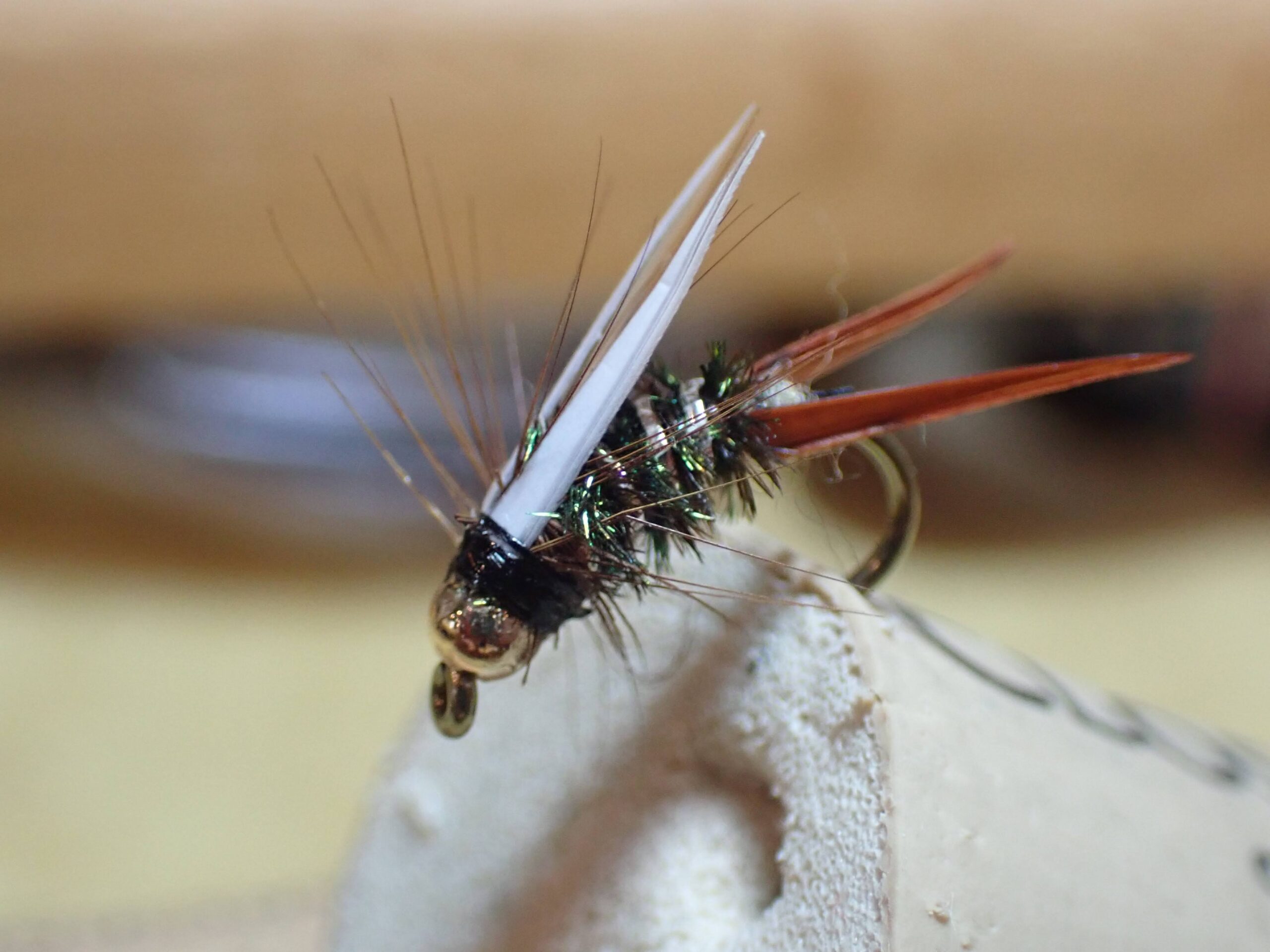 Small Version
Small Version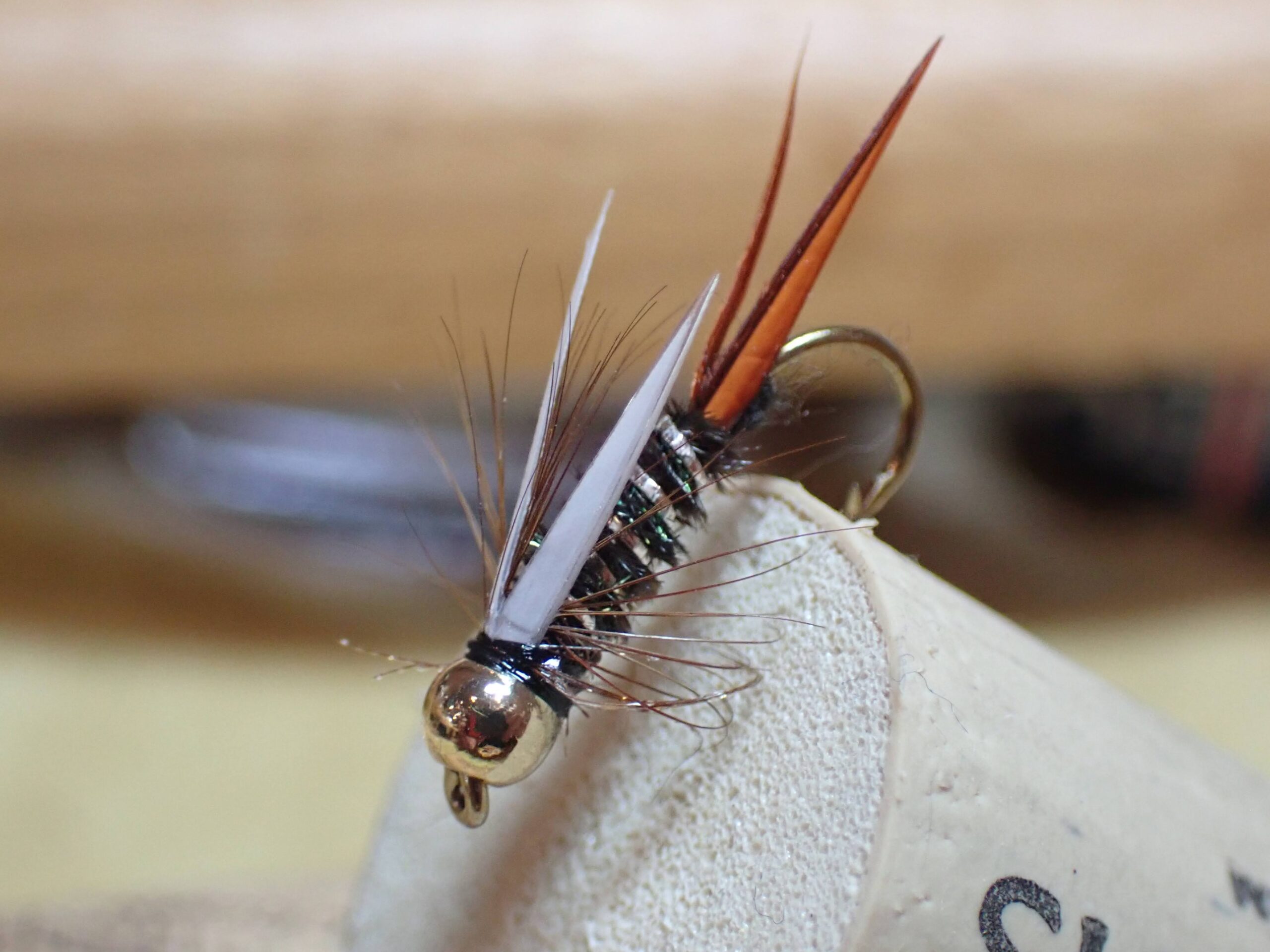 Size 12
Size 12 A Batch of Eight Awaiting Storage
A Batch of Eight Awaiting Storage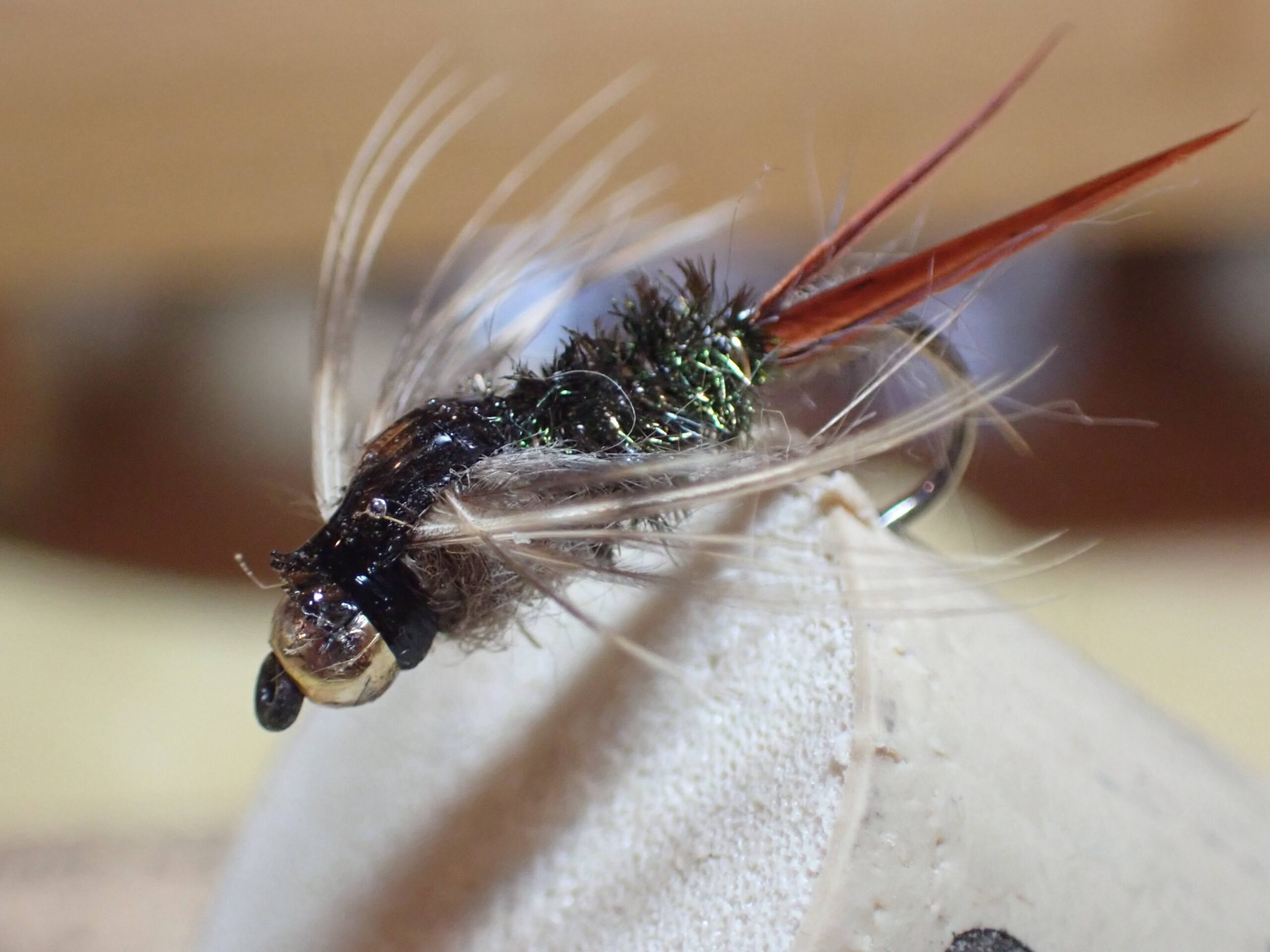 Classic 20 Incher
Classic 20 Incher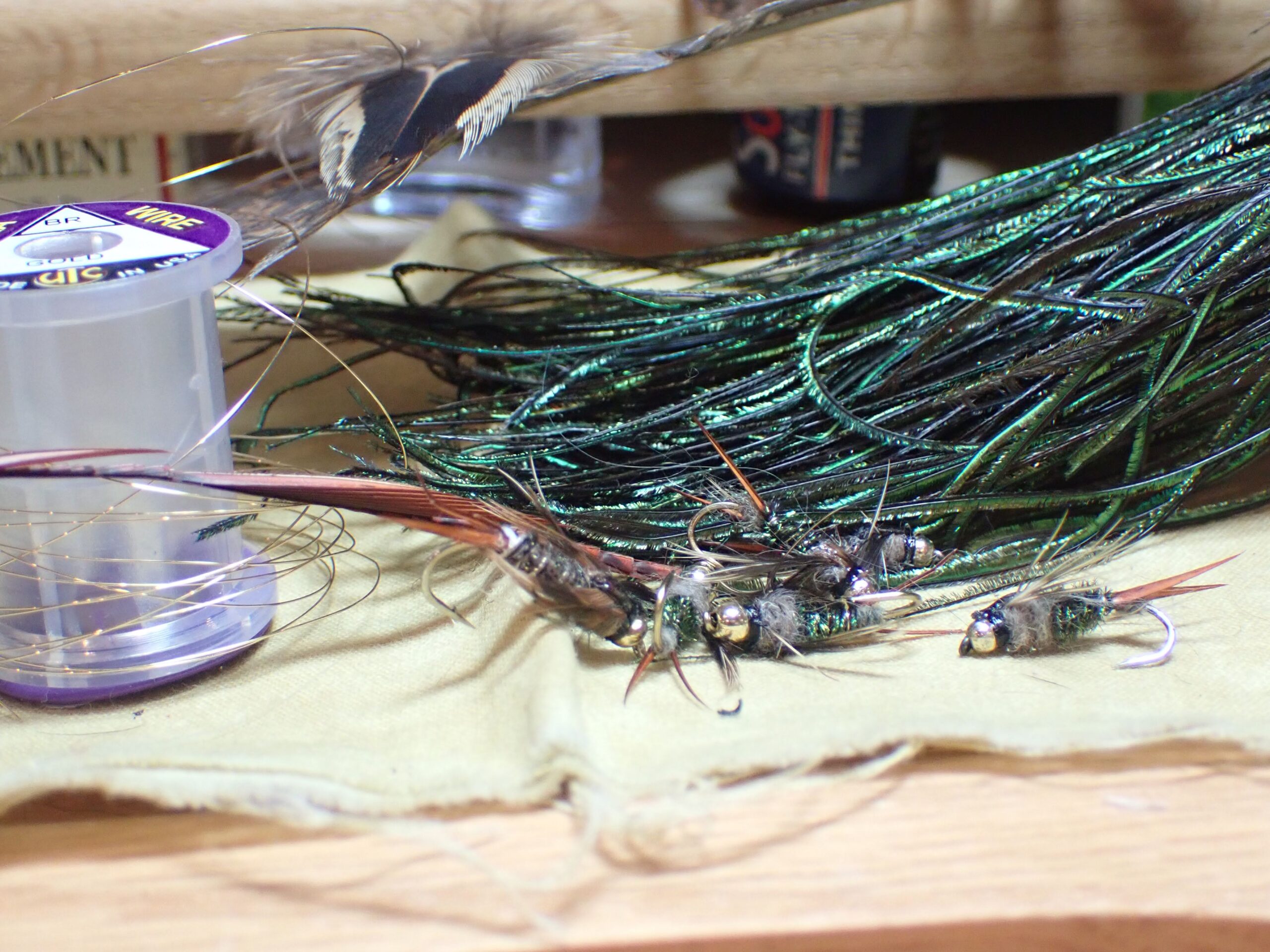 Additions to Inventory and Materials Required
Additions to Inventory and Materials Required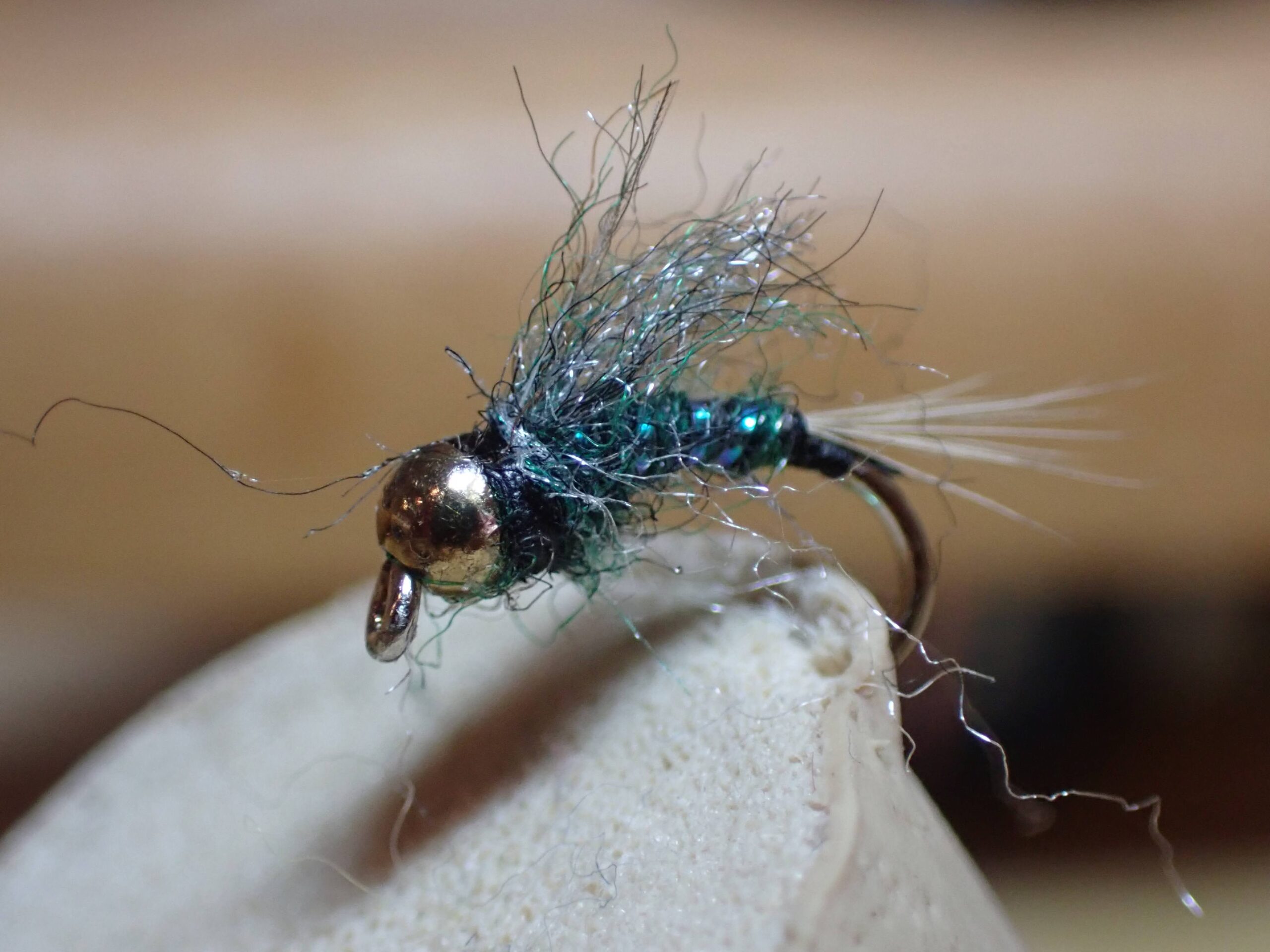 One More Ultra Zug Bug
One More Ultra Zug Bug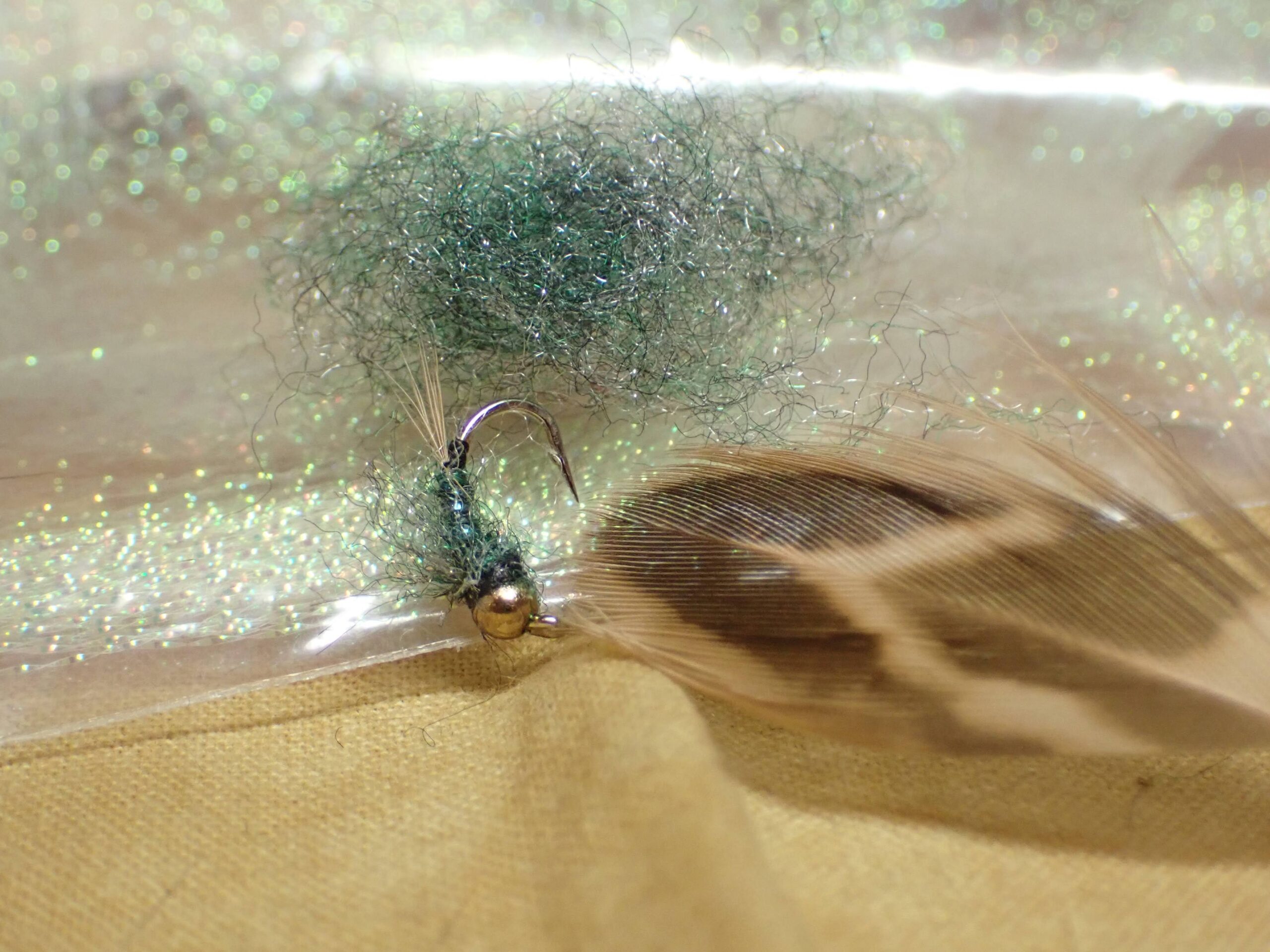 One Bug Plus Materials
One Bug Plus Materials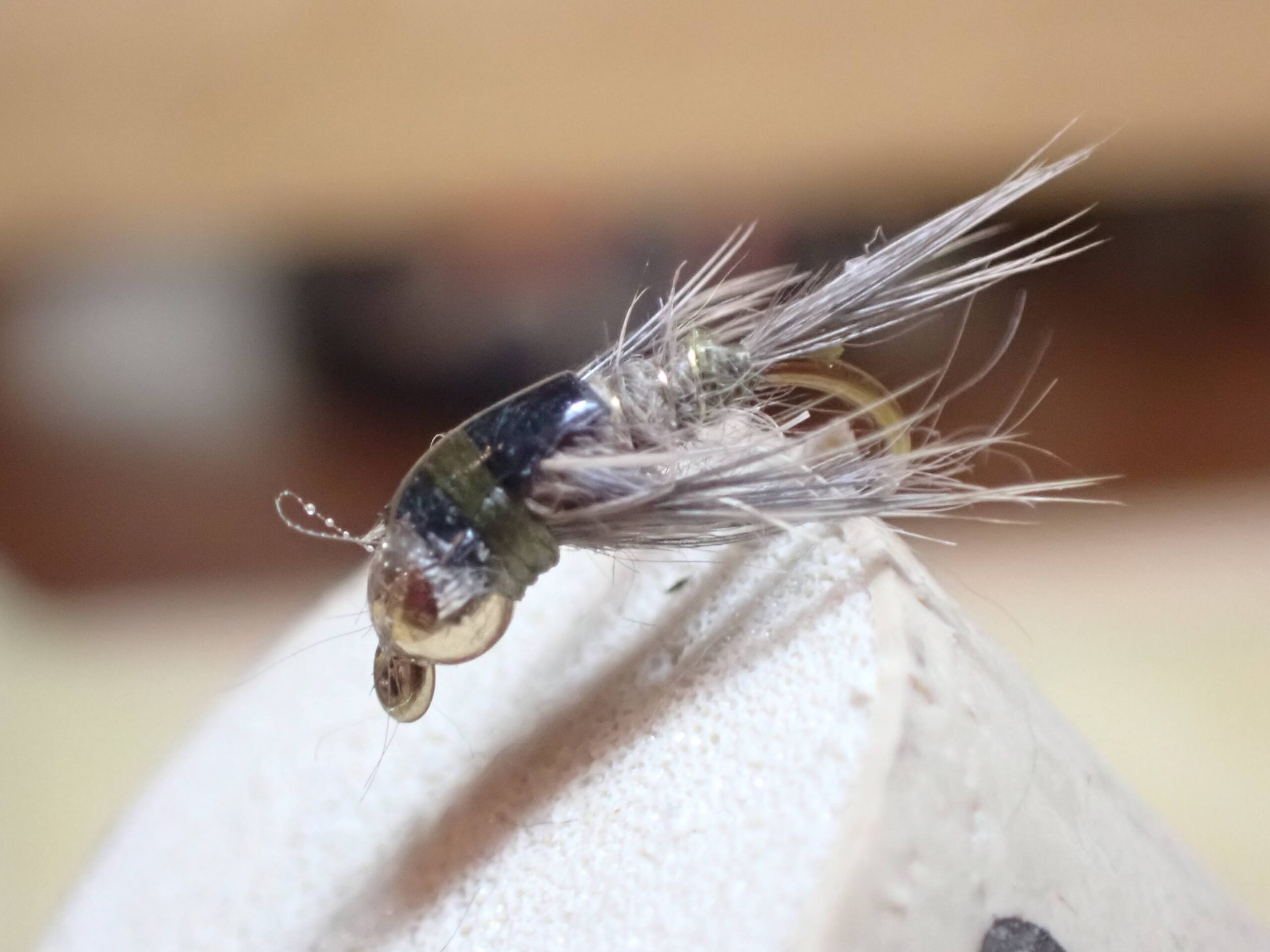 Scraggly the Way I Like Them
Scraggly the Way I Like Them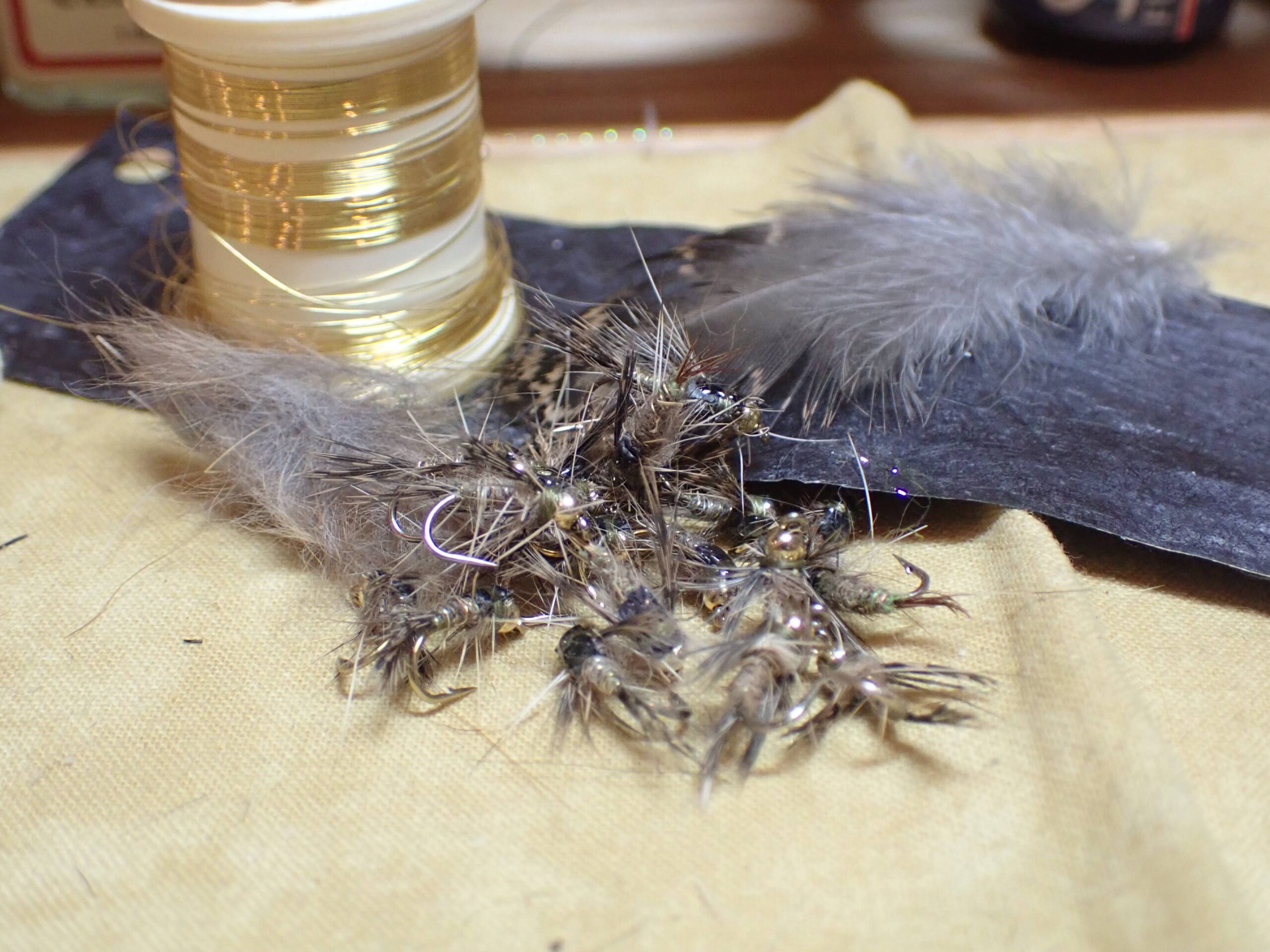 Necessary Materials and Completed Batch
Necessary Materials and Completed Batch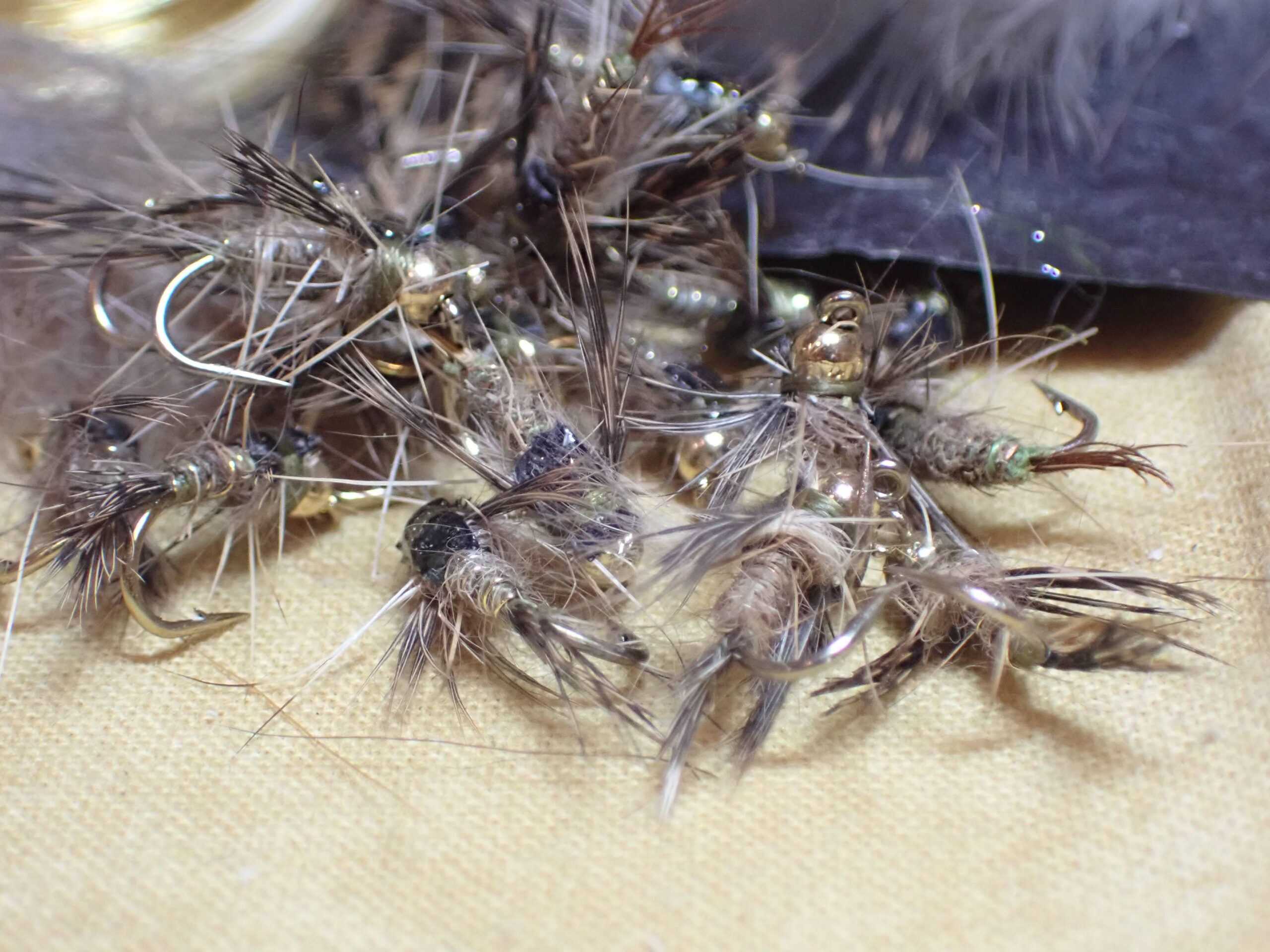
 The Beginning of My Tying List and Inventory Count
The Beginning of My Tying List and Inventory Count The Hippie Stomper Look
The Hippie Stomper Look Twenty Completed and the Necessary Materials
Twenty Completed and the Necessary Materials
